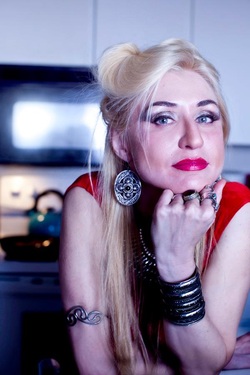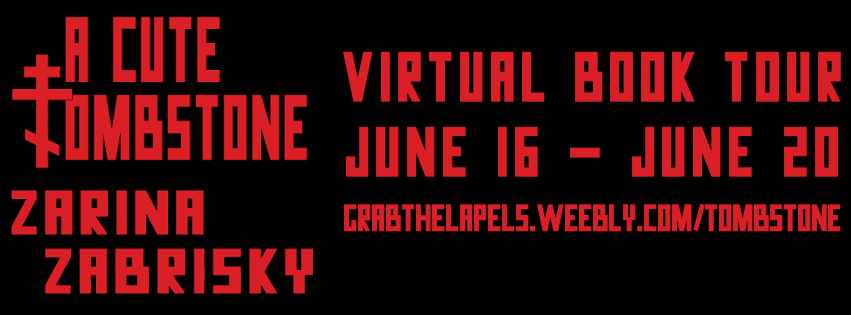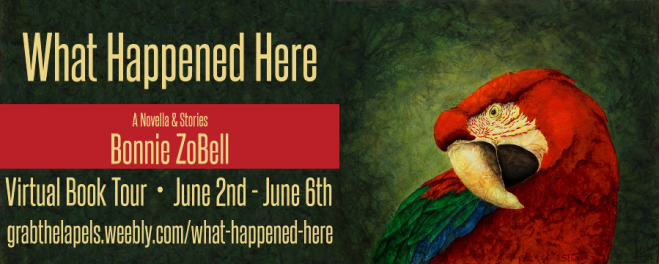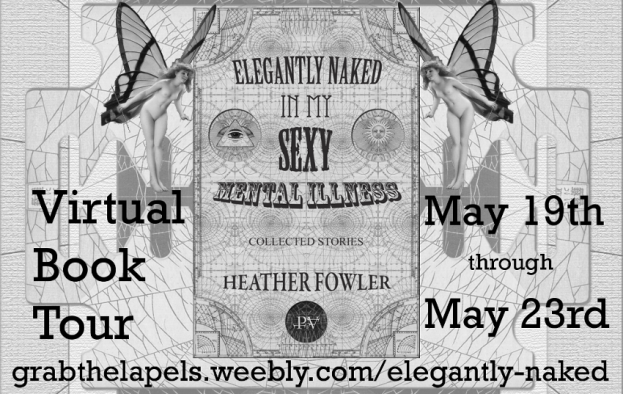 Zarina Zabrisky is the author of two short story collections IRON and A CUTE TOMBSTONE (Epic Rites Press) and a novel WE, MONSTERS (Numina Press). Zabrisky’s work has appeared in over thirty literary magazines and anthologies in the US, UK, Canada, Ireland, Hong Kong, and Nepal. She is a three-time Pushcart Prize nominee and a recipient of 2013 Acker Award. Read more about the author at zarinazabrisky.com. You can purchase A CUTE TOMBSTONE here!
Zarina Zabrisky is the author of two short story collections IRON and A CUTE TOMBSTONE (Epic Rites Press) and a novel WE, MONSTERS (Numina Press). Zabrisky’s work has appeared in over thirty literary magazines and anthologies in the US, UK, Canada, Ireland, Hong Kong, and Nepal. She is a three-time Pushcart Prize nominee and a recipient of 2013 Acker Award. Read more about the author at zarinazabrisky.com. You can purchase A CUTE TOMBSTONE here!
Zarina Zabrisky Explores the Portrait of Russia & Its Citizens in A CUTE TOMBSTONE
A young woman named Lyn, who is residing in America, flies back to Russia to bury her mother. Eerie, funny, A CUTE TOMBSTONE is a dark satire on a bureaucratic and brainwashed country—or state of mind. After deciding on a closed casket for her mother’s funeral–which is not what Russians traditionally do, we are told–she goes to the Ritual Agency to order her mother’s portrait to be placed by the casket. Lyn brings a few different photos of her mother to choose from: with blond hair in Paris at a music award ceremony just before she passed away, with black hair as a college basketball star, and on a beach with Lyn’s father. Lyn assess the waiting room of the Ritual Agency while she waits her turn:
“Dead women and men from the advertising display fixed their steely eyes on me, frowning. This was a no-smiling zone. I could imagine their lives: At six, they probably played with German trains and tanks–war souvenirs. At eighteen they were getting married in dresses made from curtains, airy veils and ill-fitted military uniforms–the women pregnant already. At sixty, they had great-grandchildren and died of heart attacks and lung cancer. I read samples of obituaries: ‘Deeply respected veteran of labor and the loving grandfather–’” Continue reading
![[PANK]](https://pankmagazine.com/wp-content/themes/pank/assets/images/pank-logo-large.png)



